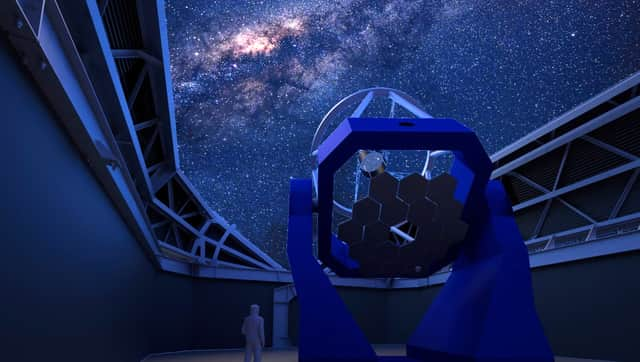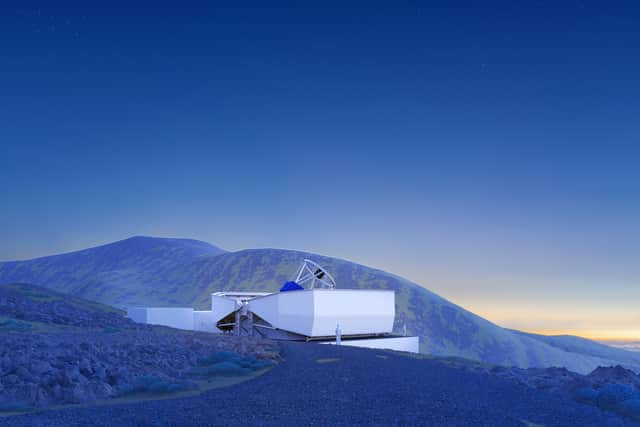Scientists to begin building the world’s largest robotic telescope - controlled from Liverpool


Scientists in Liverpool have been given the green light for building to start on the world’s largest robotic telescope, reports LiverpoolWorld.
The £24 million, four-metre-diameter telescope will be able to respond quickly to explosive and rapidly-fading astronomical events such as supernovae and also aid the search for new planets.
Advertisement
Hide AdAdvertisement
Hide AdThe New Robotic Telescope (NRT) will be built by an international consortium led by the UK’s Liverpool John Moores University (LJMU), Spain’s University of Oviedo and the Institute of Astrophysics of the Canary Islands (IAC).
The project has received £4 million funding from the Science and Technology Facilities Council (STFC) to allowing building to get underway.
The telescope, which will be located on the island of La Palma in the Canary Islands, is to be solely manned by a small team of around a dozen staff at the LJMU “control centre” working on the telescope from Liverpool.


Why it’s important
Scientists will be able to use the fast robotic telescope to observe exploding stars and gamma ray bursts, offering new opportunities for astronomers to understand the universe.
Advertisement
Hide AdAdvertisement
Hide AdDr Chris Copperwheat, Liverpool Telescope Astronomer in Charge at Liverpool John Moores University said: "We will be able observe things like a supernova explosion and our telescope will be able to see it before anyone else in the world.
"Other telescopes look at huge areas of the sky but will not be as fast as this telescope, the speed at which it is able to react and take pictures will reveal things that would be impossible to detect with a slower telescope.
“With telescopes, the thing we always talk about is size. Bigger telescopes enable us to see fainter things and further into the universe.
"If you think about a bucket collecting raindrops, a bigger bucket will collect more. We are collecting photons and looking at light.”
Advertisement
Hide AdAdvertisement
Hide AdLegacy
The NRT will build on the highly successful legacy of the Liverpool Telescope (LT) which is also robotic and operated by LJMU. It started operating in 2004.
The LT was built entirely from parts in a factory based in Birkenhead, Merseyside, and the parts were broken up and reassembled in the Canary Islands before it was built.
Dr Copperwheat said as there is a larger international consortium involved with building the new telescope it is likely that there will be a global input into its construction and bids for the work have just been put out to tender.
The new telescope, which will be 100 metres away from the existing LT in La Palma, will have a four-metre primary mirror made up of 18 hexagonal segments providing a sensitivity four times greater than that of the LT.
The full version of this article was originally published on our sister title, LiverpoolWorld
Comment Guidelines
National World encourages reader discussion on our stories. User feedback, insights and back-and-forth exchanges add a rich layer of context to reporting. Please review our Community Guidelines before commenting.